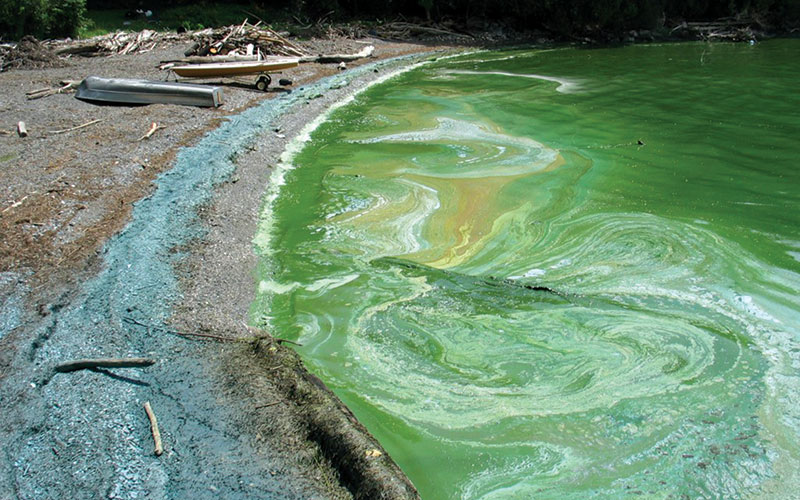
What’s at Stake
In late 2013, an EPA report found that, over the next 30 years, climate change could increase phosphorus levels in Lake Champlain by an average of 30%, with some models showing a 46% spike. Sobering news for a lake already crippled in many areas by nutrient pollution. But even that dire prediction is optimistic, because EPA looked only at climate change’s impacts – warming waters, increased precipitation, and more severe storm events – if the amount of pollutants in the lake holds the line. And right now, we’re not holding the line.
The report’s implications for nutrient-impaired waters across the country are significant – more pollution, and its devastating by-products, like toxic blue-green algae blooms, will only stress our waters more.
Next Steps
CLF has sued EPA to force consideration of climate impacts in pollution-control plans for Lake Champlain and Cape Cod. As we monitor the agency’s consideration of climate in its programs, we are also leading the push for a national policy to address this growing threat.



